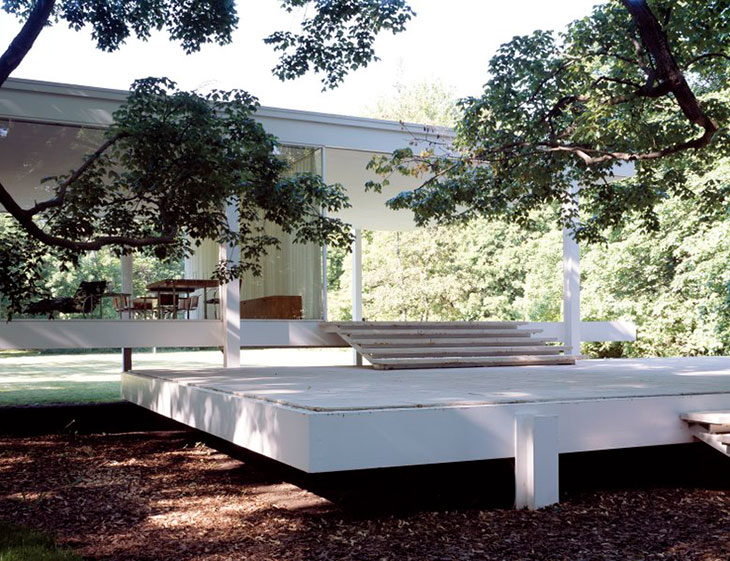
Mid-century modern architecture, a style defined by clean lines, organic forms, and functional simplicity, revolutionized residential design in the 20th century. This design movement, spanning from the mid-1930s to the mid-1960s, produced some of the most iconic and groundbreaking houses.
HOUSING
Here are 10 such houses that not only exemplify mid-century modern design but also left a lasting impact on architectural history.
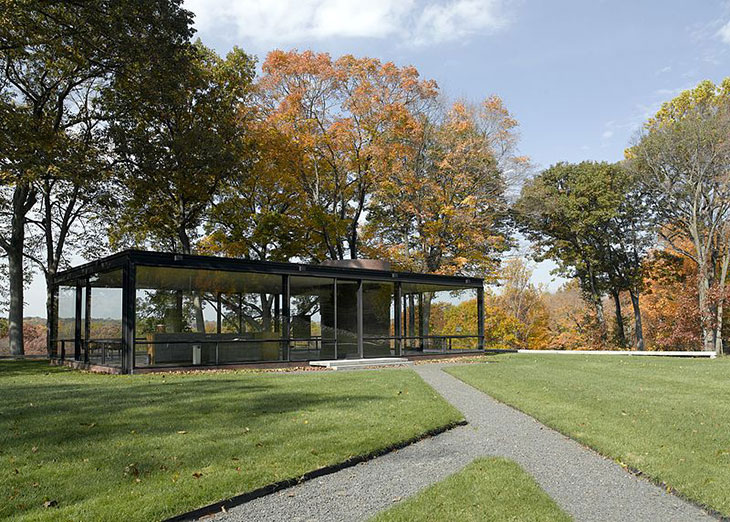
The Glass House
Philip Johnson (1949)
In New Canaan, Connecticut, The Glass House is a quintessential example of mid-century modernism, featuring a minimal structure with glass walls that dissolve the boundary between interior and exterior. Johnson’s use of transparency and open space redefined residential architecture.
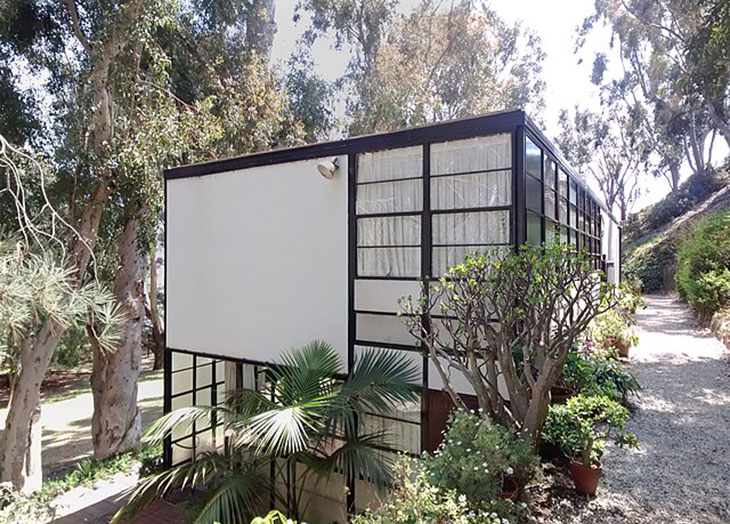
The Eames House (Case Study House No. 8)
Charles and Ray Eames (1949)
Located in Pacific Palisades, California, this house was part of the Case Study House program and is known for its innovative use of off-the-shelf materials. It’s a landmark of mid-century modern architecture, reflecting the Eames’ design philosophy of blending work, life, and nature.
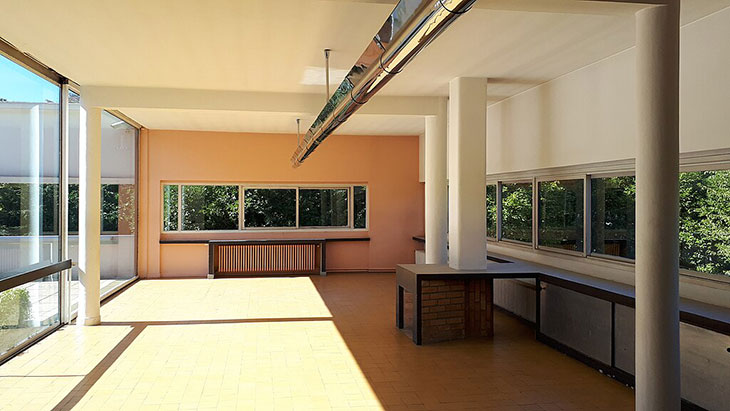
Villa Savoye
Le Corbusier (1931)
Located in Poissy, France, Villa Savoye is a seminal work of modernist architecture. Though built slightly before the mid-century period, it heavily influenced the movement with its emphasis on a functional structure, geometric form, and the famous “five points” of architecture, including pilotis (supporting columns), flat roof terrace, open floor plan, horizontal windows, and free facade design.
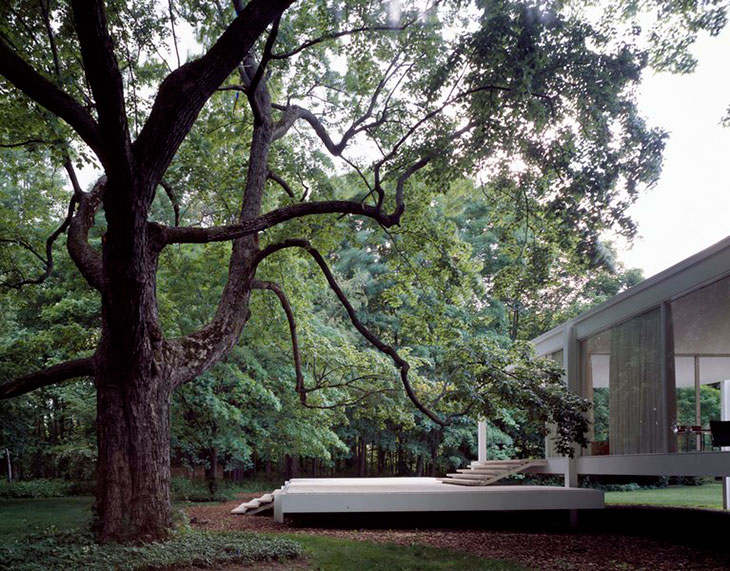
The Farnsworth House
Mies van der Rohe (1951)
Located in Plano, Illinois, this house is a masterpiece of international style architecture. Its use of a minimal structural framework and large glass panels creates a profound dialogue between the interior and nature.
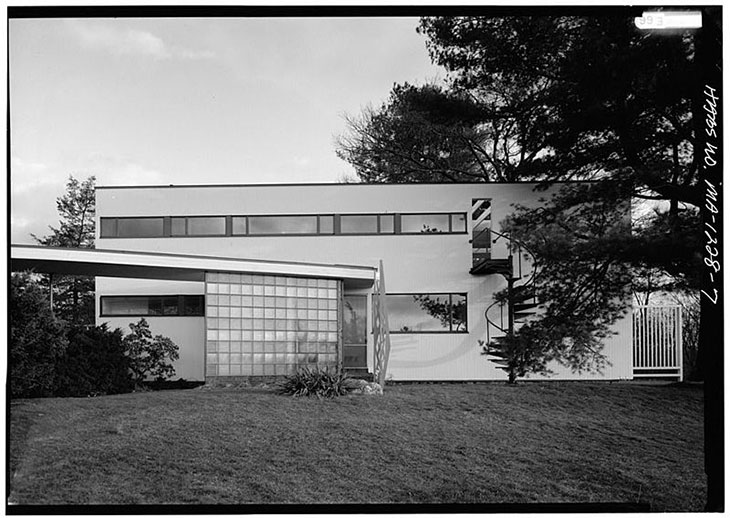
The Gropius House
Walter Gropius (1938)
In Lincoln, Massachusetts, this house was designed by Bauhaus founder Walter Gropius. It blends traditional New England architectural styles with innovative Bauhaus principles, featuring a simplistic yet functional design.
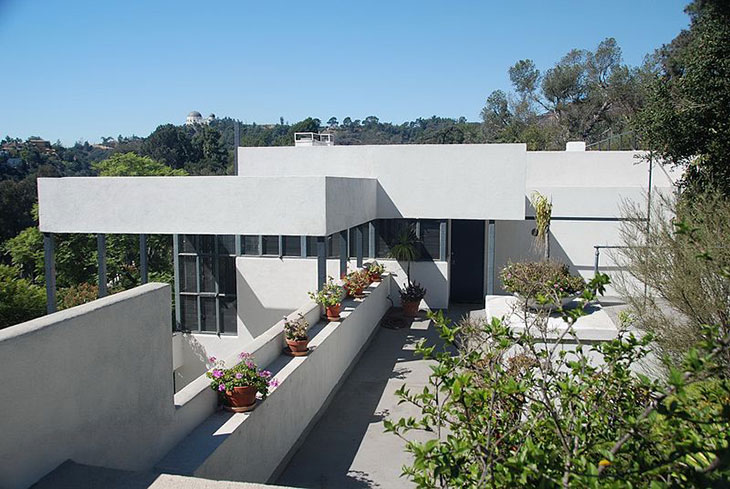
The Lovell House
Richard Neutra (1929)
One of the earliest examples of mid-century modern architecture, located in Los Angeles. Neutra’s design focuses on health and fitness, featuring expansive glass walls and a steel frame construction.
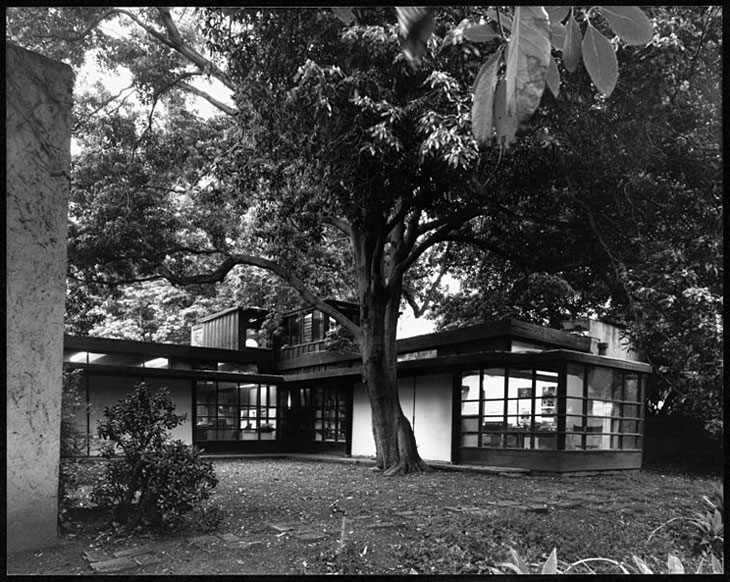
The Schindler House
Rudolph M. Schindler (1922)
Also known as the Kings Road House, located in West Hollywood, this house is an early modernist masterpiece. Its design emphasizes space as a utility, using sliding panels and an open floor plan.
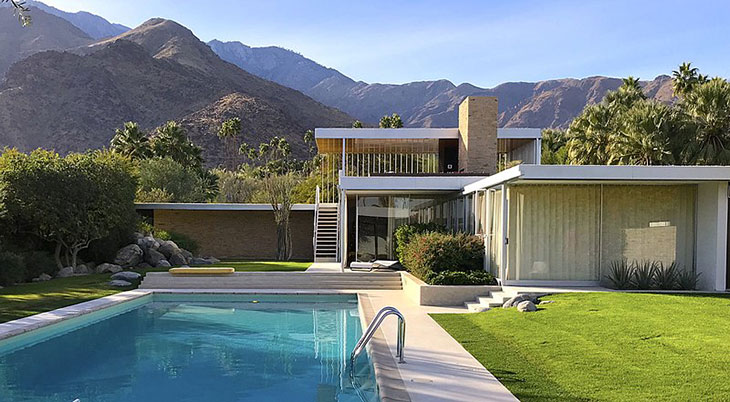
The Kaufmann Desert House
Richard Neutra (1946)
In Palm Springs, California, this house is known for its seamless connection to the desert landscape. Its design includes large glass walls, deep overhangs, and an integration of indoor and outdoor spaces.
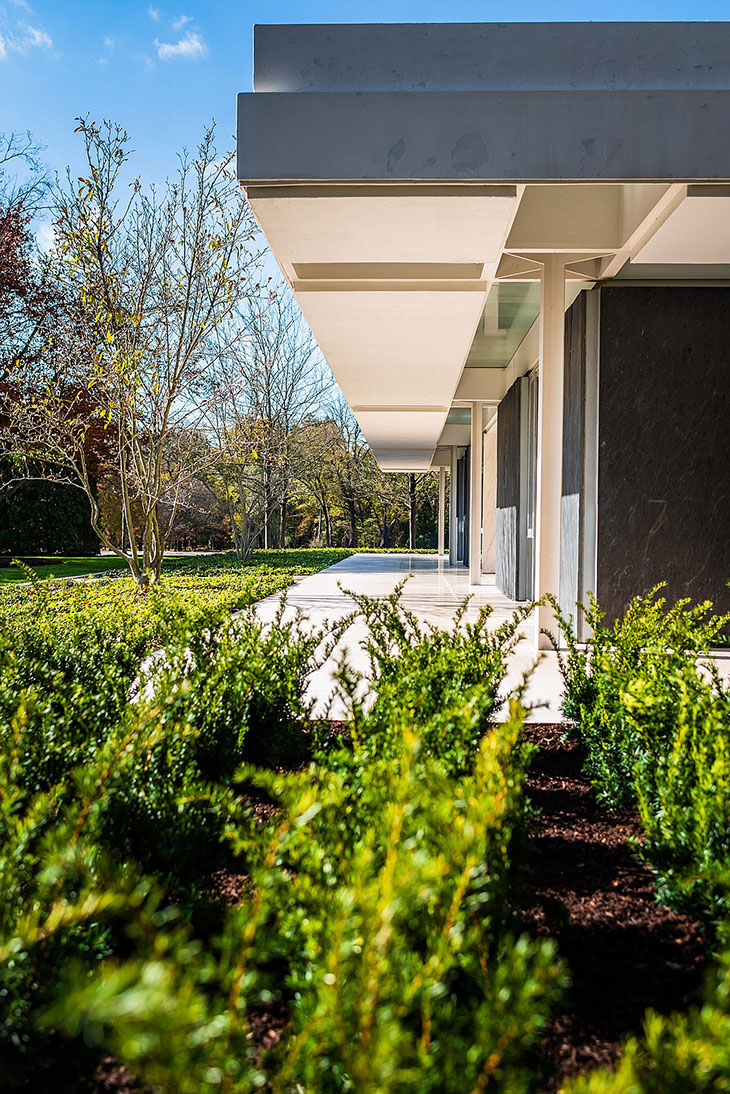
The Miller House and Garden
Eero Saarinen (1957)
Located in Columbus, Indiana, this house is a significant mid-century modern residence, known for its open and flowing layout and the integration of the house with its beautiful garden landscape.
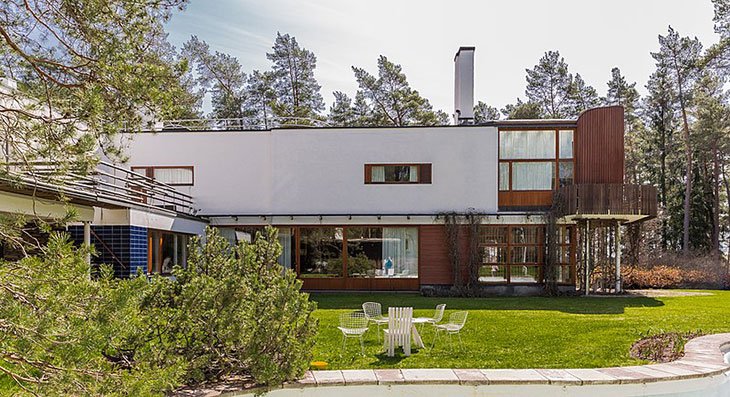
Villa Mairea
Alvar Aalto (1939)
In Noormarkku, Finland, this house showcases Aalto’s unique approach to modernism, blending local materials and forms with modernist ideals. The design is particularly noted for its organic forms and the use of wood.
Each of these mid-century modern houses represents a unique exploration of space, form, and material, challenging traditional concepts of residential architecture. They not only defined the aesthetics of their era but also continue to influence contemporary design and architecture.




Falling Water?